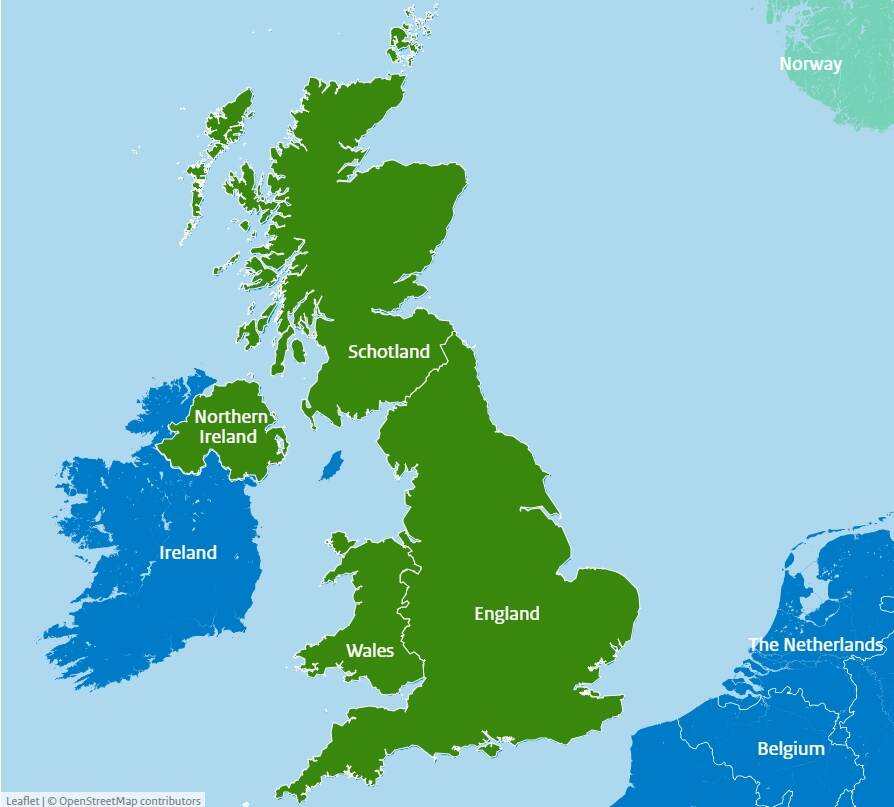United Kingdom.jpg

Part 1 of 2 Parts
The U.K. government’s consultation on the siting of nuclear power plants beyond 2025 reflects the changing nuclear landscape in the U.K. It proposes a new approach to national planning policy that is more flexible and led by developers. This is potentially of great interest for the developers and manufactures of advanced nuclear technologies such as SMRs, especially if the new policy supports scalability and cost efficiencies. However, whether the proposed changes will provide optimal support requires careful consideration.
Following the release of the newly designated suite of energy National Policy Statements (NPS) (comprising updates to EN-1 to EN-5, designated in January 2024) comes publication of the government’s report on a new approach to the siting of nuclear power plants beyond 2025 and the start of the process towards designation of a brand new nuclear NPS (EN-7). The consultation (which closes on 10 March 2024) is important because it proposes some significant changes to the site selection process at the DCO pre-application stage. It inform the overall policy approach in EN-7 to be consulted on later in the year.
In summary, the proposed new policy is designed to be more flexible than EN-6 (the current NPS for nuclear power generation). This is in response to the changing nuclear landscape and it supports a longer-term pipeline of projects beyond 2025. It has a wider scope, enables site selection by developers (rather than government) and imposes no time limits for the deployment of new projects.
EN-7 will supersede EN-6 when released, but EN-6 will not be withdrawn and will remain an important consideration to DCOs made for the sites listed in it.
EN-6 was released in 2011 and only applies to large-scale conventional gigawatt (GW) power plants. These are based on the only commercially viable nuclear technology available at that time. and identifies eight geographical locations are identified that are considered by the government as potentially suitable for the deployment of new nuclear power stations in England and Wales by the end of 2025.
However, advances in nuclear technologies mean that a new generation of nuclear reactors are likely to be deployed within the next decade. These include Advanced Modular Reactors (AMRs) and Small Modular Reactors (SMRs).
Nuclear energy, and AMRs and SMRs in particular, are expected to play an increasingly important role in the U.K.’s energy mix to support energy security and climate goals as highlighted in the Energy Security Strategy. Planning policy needs to catch up and include these new technologies alongside conventional nuclear plant technology which will continue to remain important.
The advanced technologies under consideration are smaller than conventional nuclear power station reactors and are designed so that elements of the plant can be prefabricated off-site. This reduces construction risks and makes these developments potentially more affordable. They require smaller sites that are not reliant on water-cooling requirements, alongside advances that allow other nuclear outputs to be captured and used. This means that new sorts of sites can be considered suitable.
Please read Part 2 next